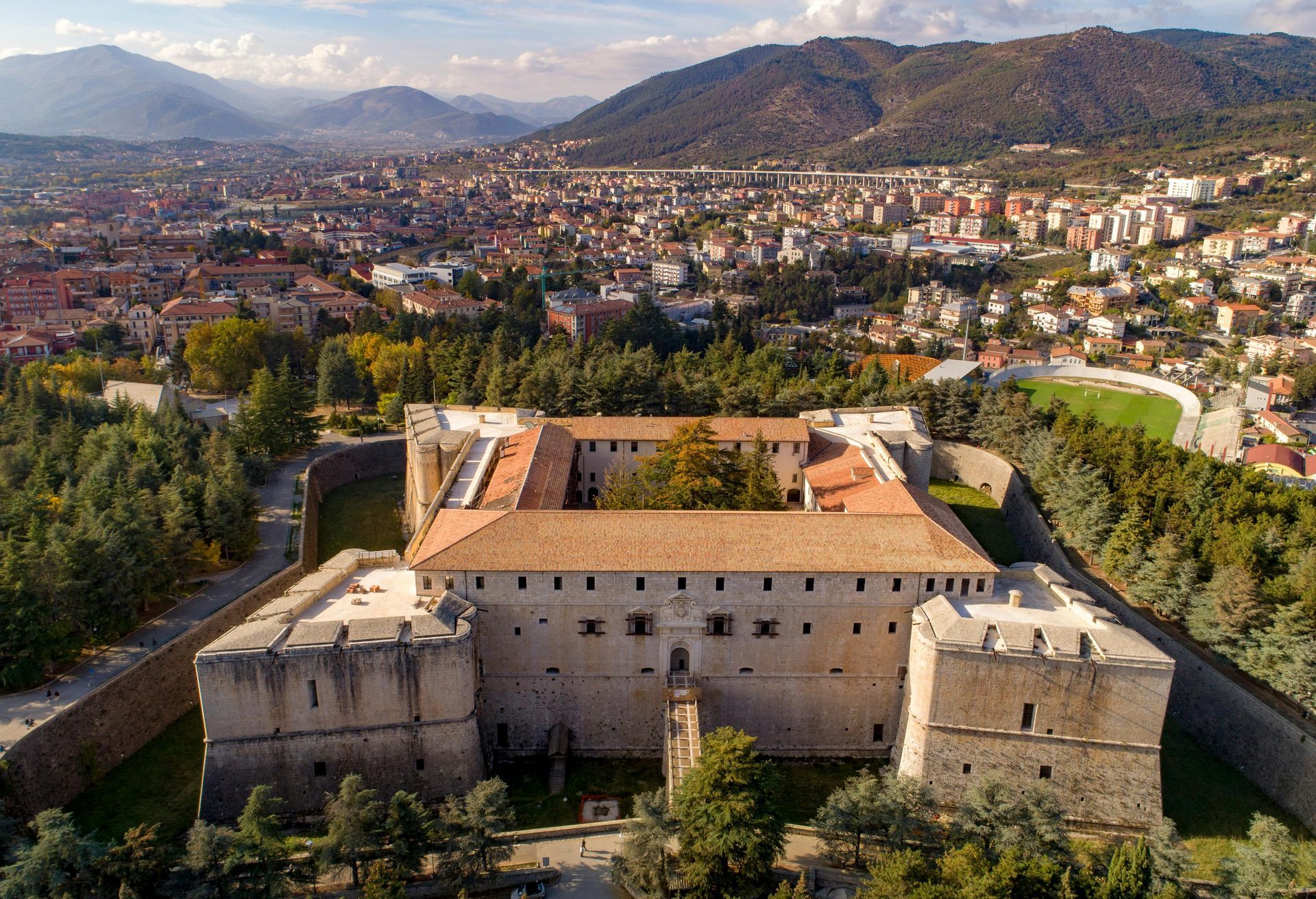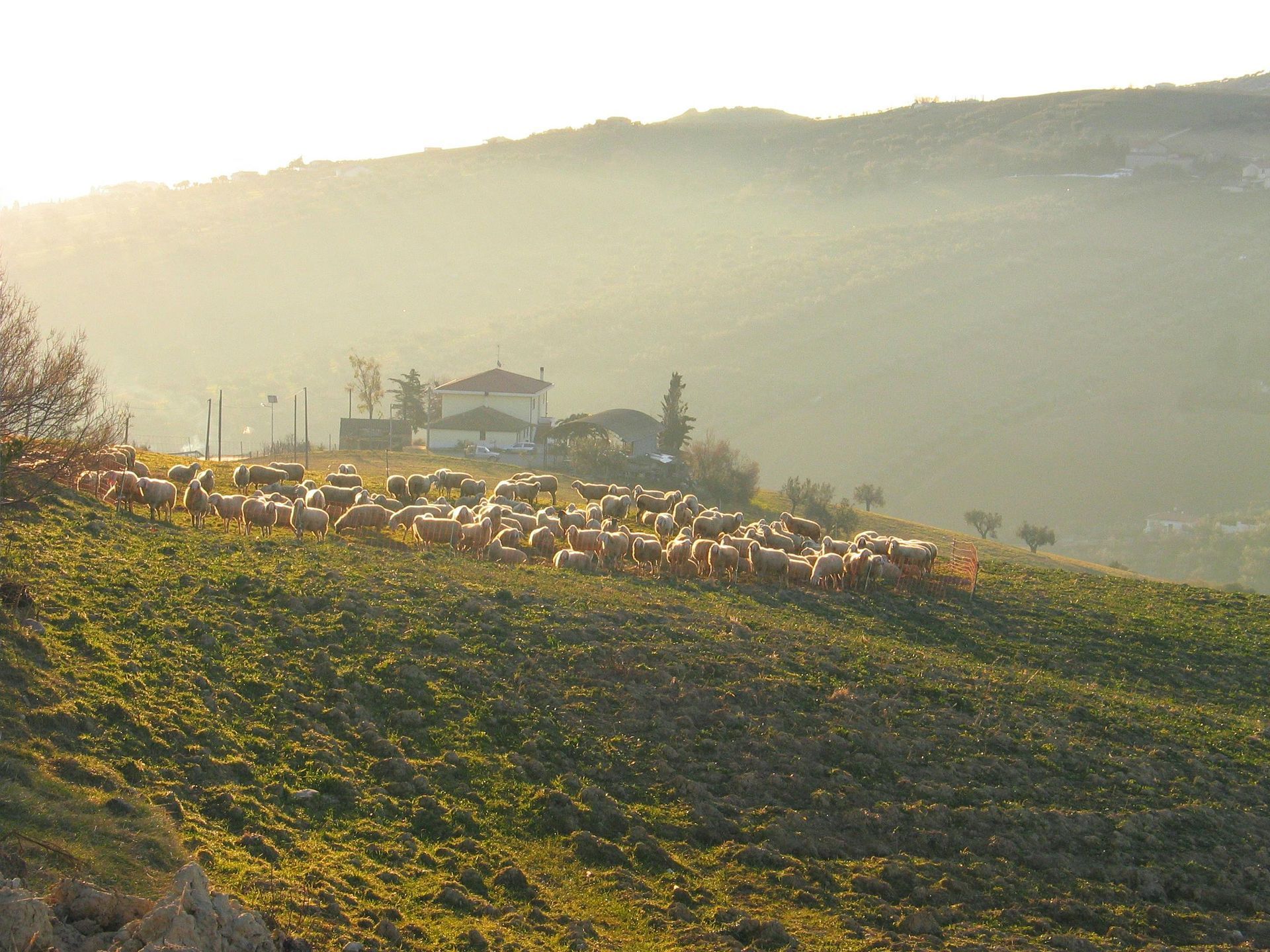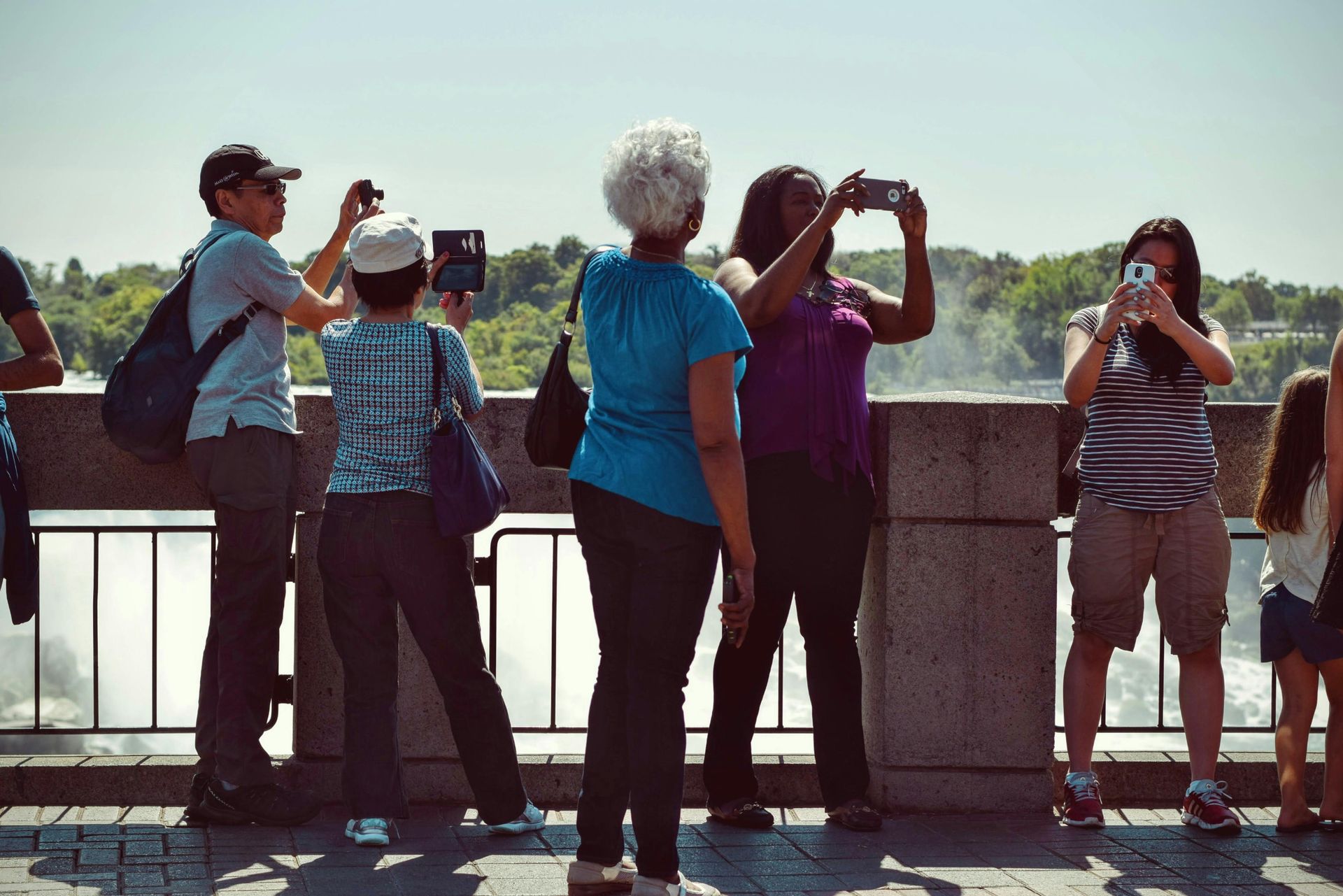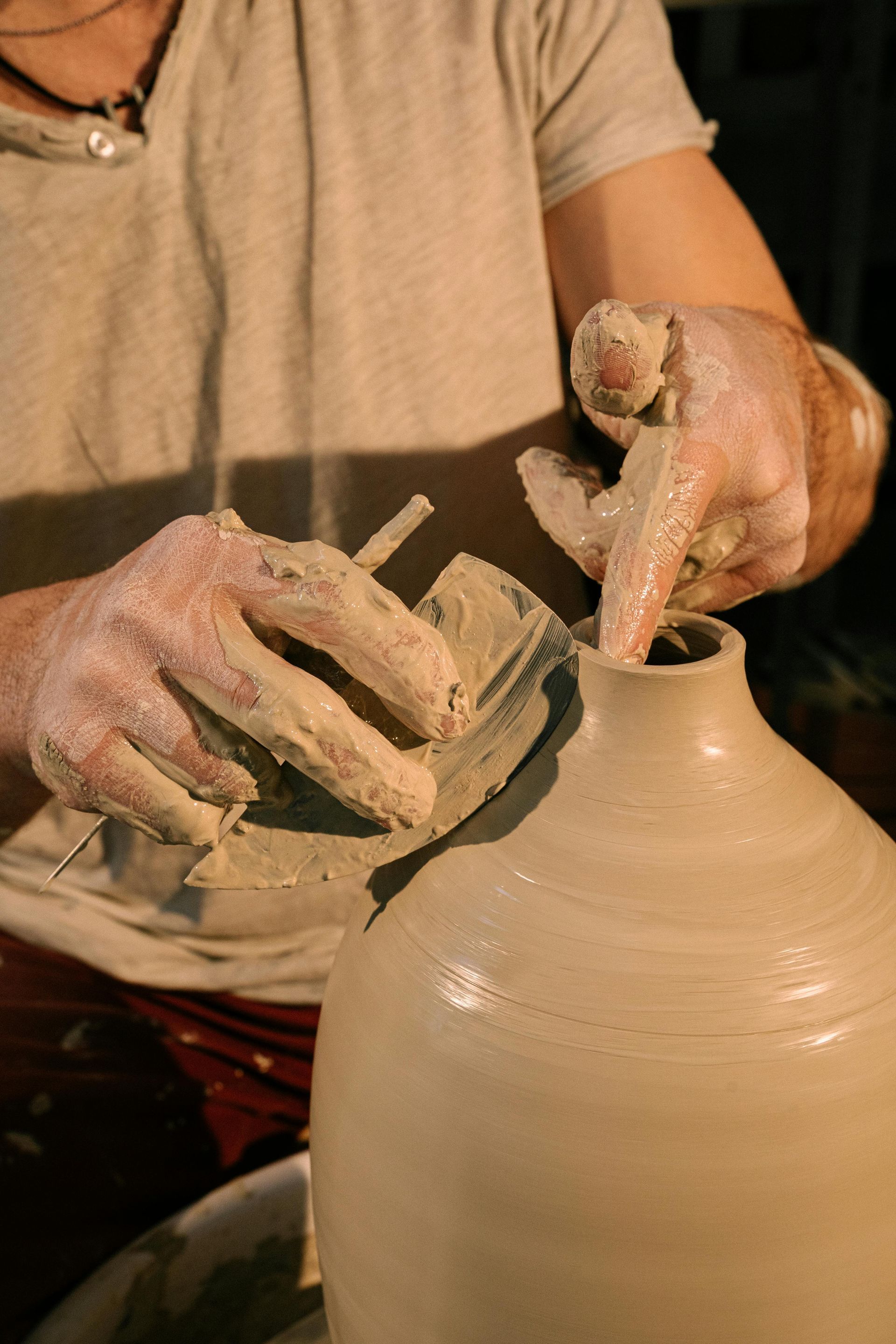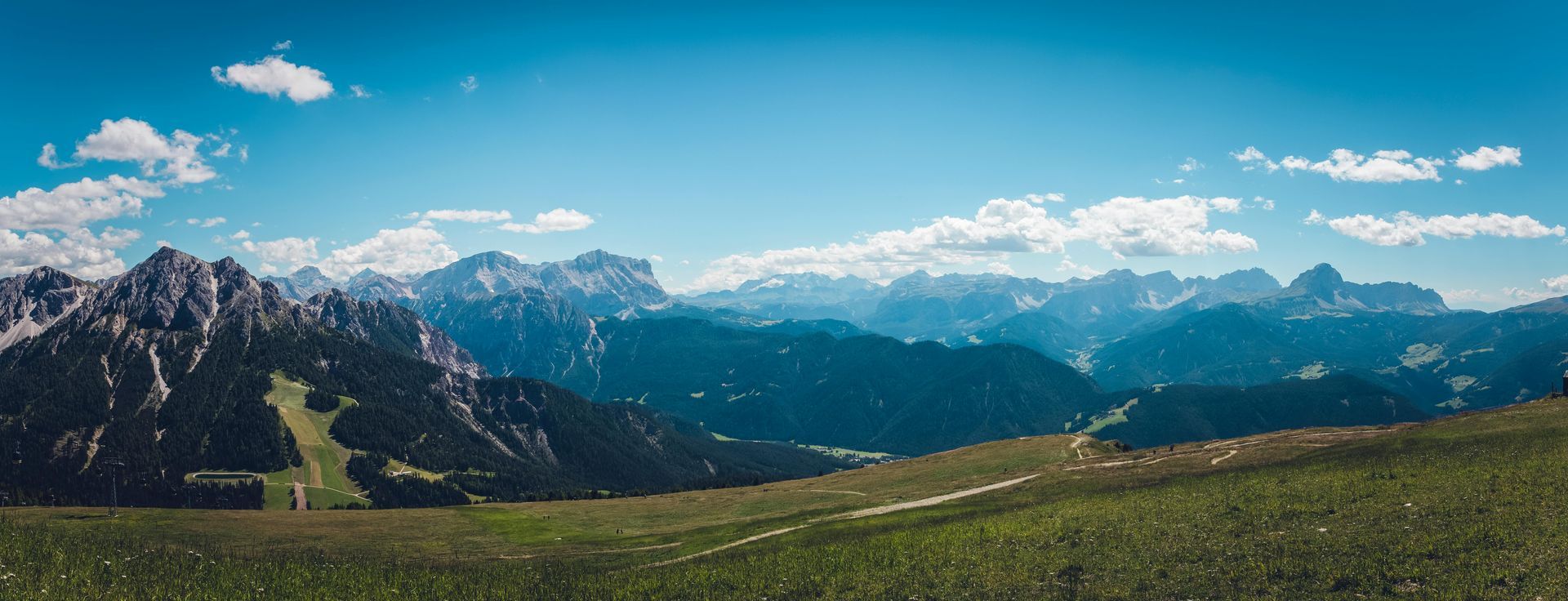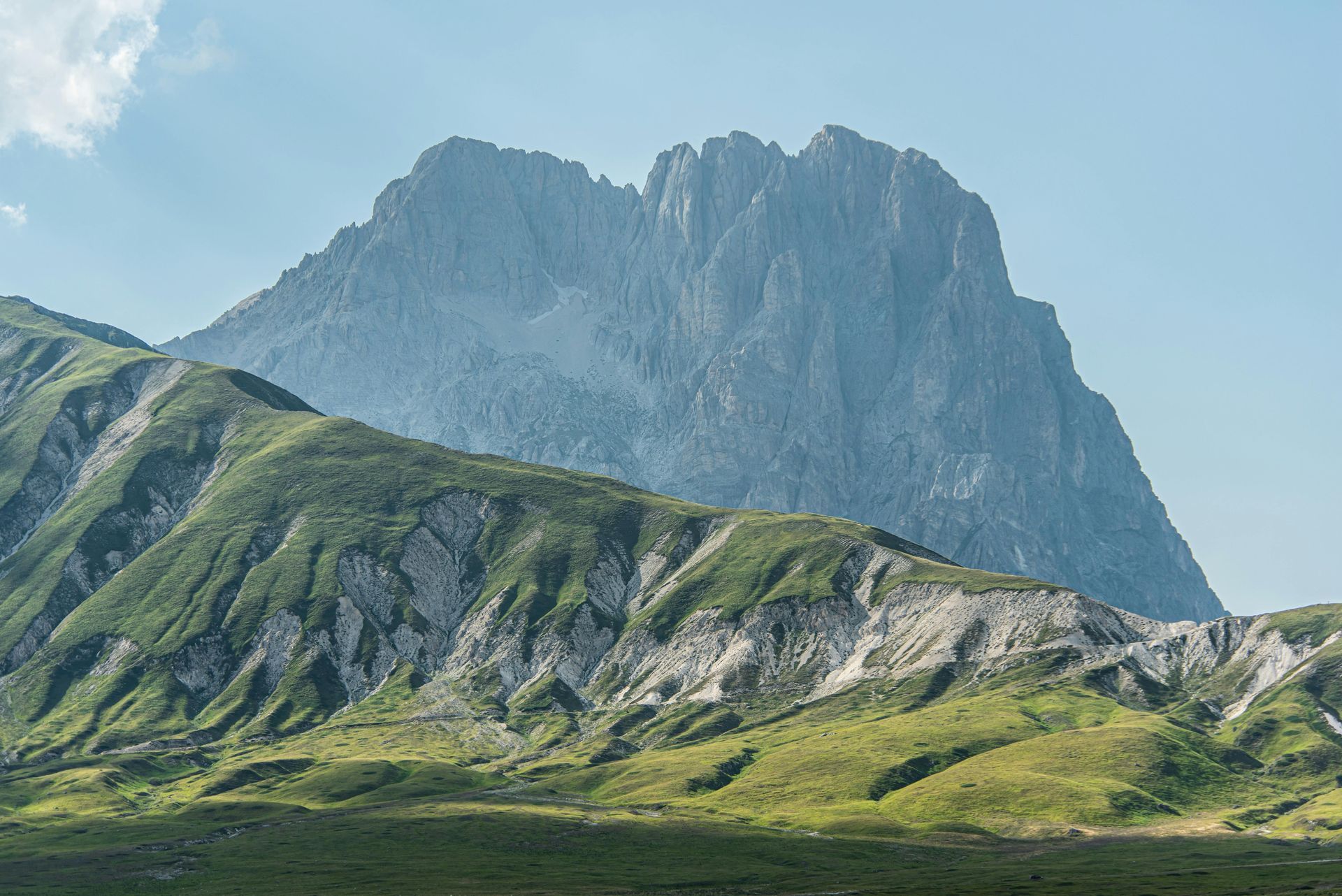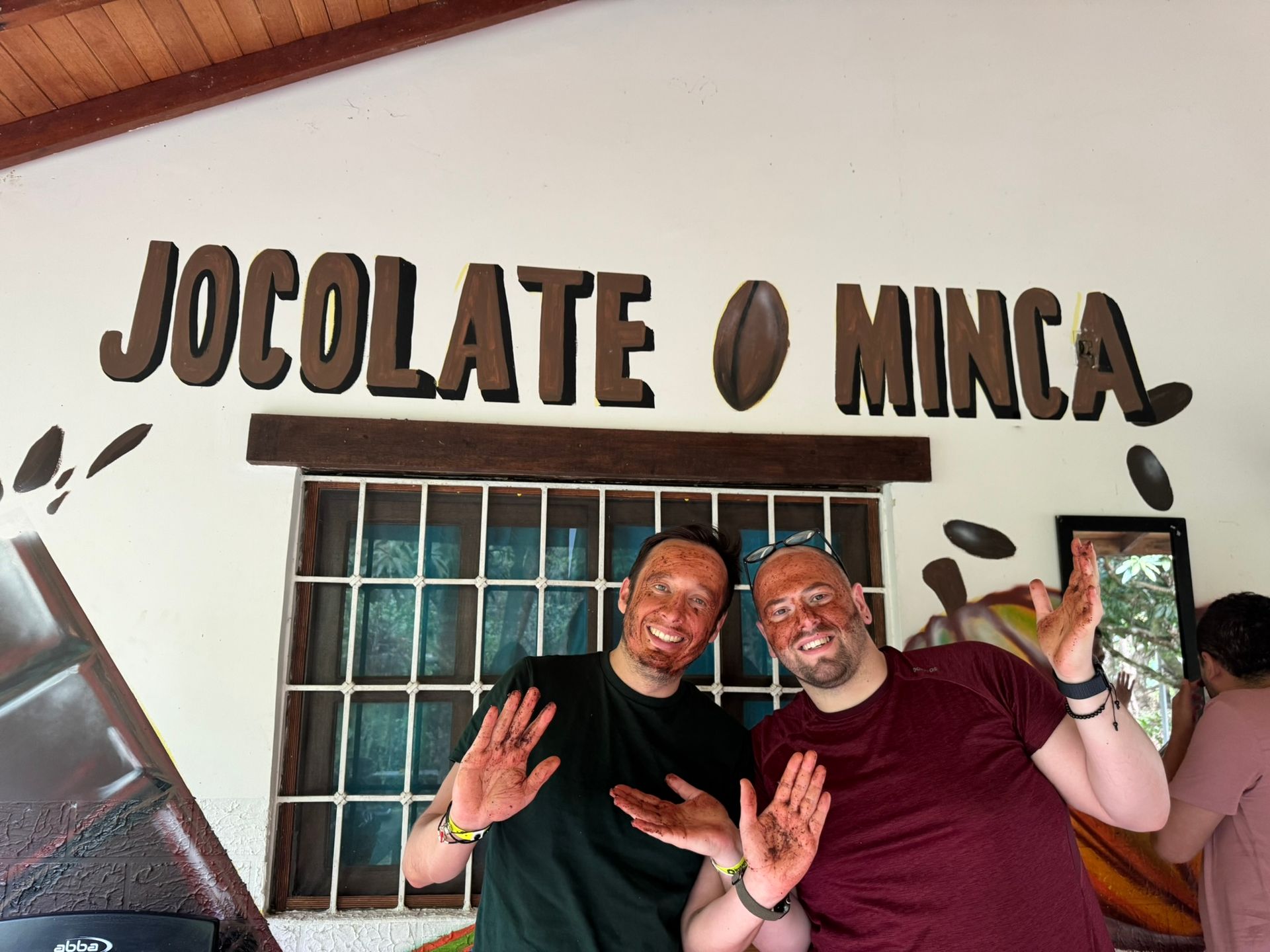Introduction: Discover Abruzzo Beyond the Clichés
Introduction: Discover Abruzzo Beyond the Clichés
Abruzzo is one of those Italian regions that everyone has heard of, but almost no one actually knows. While the rest of Italy gets all the attention – Tuscany, the Amalfi Coast, the Dolomites – Abruzzo remains the peninsula's best-kept secret. And yes, that's a problem. But in the best way possible.
If you've heard about Abruzzo, it's probably about the coastal trabocchi (traditional fishing platforms) or the picturesque village of Scanno, especially during August when tourist chaos transforms these places into extensions of an overcrowded summer beach. But Abruzzo is so much more. And that's exactly why you need to know how to plan your visit properly.
This article isn't meant to scare you – it's meant to prepare you for what makes Abruzzo special: a place where you can truly disconnect, without the anxiety of optimizing every minute of your vacation.

Getting to Know Abruzzo: A Small Region with Big Surprises
Looks Can Be Deceiving
Abruzzo isn't a large region. It doesn't have major cities like Rome or Naples. It doesn't have the expanse of Tuscany or the fame of the Alps. But here's the plot twist: it contains some of Italy's most spectacular mountains – the most breathtaking stretch of the Apennines, with three major mountain ranges (Gran Sasso, Majella, Sirente-Velino) reaching nearly 2,900 meters.
This geography has one important consequence you need to understand: very winding roads. If you leave Pescara, the largest city on the coast, to reach a village in the Melfa Valley or on the slopes of Gran Sasso, you'll likely need between 1 to 1.5 hours. Not because of the straight-line distance, but because your car will have to follow the mountain curves. The roads are good, but they require a different mindset than the "express tourism" that often characterizes Italian vacations.
Here, there's no rush. And that's the point.
Abruzzo's infrastructure is designed for those who want to move deliberately, not for those trying to see "everything" in 48 hours. Highways exist, trains connect the coast with the rest of the peninsula, but to reach the most beautiful places – the authentic villages, mountain hikes, farms producing genuine Abruzzo cacio e pepe – a rental car is your best friend.
When to Visit: The Secret of Off-Season Travel
If you think Abruzzo is just a summer destination, think again. The truth is Abruzzo transforms completely depending on the season, and the best experiences don't happen when everyone else is at the beach.
- Spring (April-May) The best time. Green landscapes, perfect temperatures for hiking, villages are still calm but lively enough to find open restaurants and activities. Perfect for those wanting nature and culture without the chaos.
- Autumn (September-October) Underrated and wonderful. Mountains change color, temperatures are ideal for trekking, and the atmosphere is almost magical. Less crowded than spring, more stable weather than winter.
- Summer (June-July) Yes, you can visit Abruzzo in summer, but absolutely avoid August. Early June and July are still manageable if you love heat. The coast becomes touristy, but villages in the mountains maintain pleasant temperatures and authentic atmosphere.
- Winter (December-February) If you love silence and untouched beauty, late autumn and early winter are magical. Less crowded, possibility of snow at higher elevations, and a sense of quiet that few places can offer. Recommended only if you love the cold and don't need nightlife.
The Real Advice: Visit Abruzzo during "forgotten moments" like mid-April, September, late October. You'll feel the difference.
How to Get There: Best Options
Abruzzo is geographically accessible from half of Italy. Here are the main options:
From Rome
- Train: The Roma-Pescara Line is your friend. Regional trains to Pescara in approximately 3 hours. The most relaxing way to arrive with spectacular views.
- Bus: FlixBus and other operators connect Rome to Pescara and L'Aquila. More economical, but less comfortable.
- Car: approximately 2.5-3 hours via motorway (A24/A25).
From Naples
- Train: always via Adriatic Line, slightly longer than from Rome (approximately 4 hours to Pescara).
- Bus: options available, but the journey is long.
- Car: 3-3.5 hours via motorway.
From Bologna and Milan
- Train: take a train to Bologna, then a connection to the Adriatic Line heading to Pescara. Slower than driving, but ideal if you don't want to drive.
- Car: 6-7 hours from Milan, 3.5-4 hours from Bologna. Not ideal if you have limited time.
From Bari
- Train: Adriatic Line heading north to Pescara (approximately 5-6 hours).
- Car: approximately 4-4.5 hours via the Adriatic coast or inland.
Pescara Airport (Abruzzo Airport) If you're arriving from outside Italy, Pescara Airport is your gateway. It's an important hub for Ryanair and other low-cost carriers from across Europe (especially Germany, UK, Spain, Belgium). Once you land, rent a car – it's the best investment you can make.
Practical Advice: If you're coming from northern Italy or the Adriatic corridor, the train is comfortable and lets you arrive rested. If you're coming from abroad, Pescara airport + rental car is the winning combination.
Planning the Perfect Experience: Where It Really Matters
Now we get to the critical point: how to turn a trip to Abruzzo into a real experience, not just a "checklist of things to see."
The First Step: Get Help from the Locals
This is important. Abruzzo isn't a region where you can improvise too much and hope it works out. The most beautiful places, the most authentic experiences, are often:
- Difficult to find online
- Managed by local people who don't have large marketing budgets
- Literally invisible to anyone just using Google Maps and TripAdvisor
That's why borGO exists: a platform created specifically to connect travelers with true Abruzzo experiences. Whether you want to visit an organic farm in the heart of Majella, participate in a hand-made pasta workshop with a local grandmother, or hike guided trails that Google doesn't know about – the locals at borGO know where to go and how to do it right.
It's not generic tourism. It's tourism designed for those who truly want to understand a place.
How to Use borGO for Planning
If you're in the planning phase and want to avoid common mistakes (like ending up in Scanno in August surrounded by thousands of other tourists), contact borGO for planning consultation. The service allows you to:
- Understand which Abruzzo area best fits your interests (coast, mountains, villages, food & wine, hiking)
- Create a customized package that avoids "tourism traps" and takes you to authentic places
- Coordinate directly with local activities that know the territory at a professional level
- Solve logistical problems (like transport schedules, how to move between villages, where to eat well without surprises)
The Biggest Mistake You Can Make
Arriving without a plan and hoping everything works out. Abruzzo isn't Florence where you can get off a bus and know exactly what to do. It's a region that requires intentionality and planning, but this planning isn't rigid – it's the prerequisite to then being truly free to discover.
That's why, before you leave, contact borGO for personalized planning consultation. It's not just a service – it's access to a local network that truly knows the territory.
Final Advice: Why Visit Abruzzo Now
Abruzzo is at a critical moment. Young people are leaving, villages are emptying, traditions are at risk of disappearing. When you visit Abruzzo consciously – through authentic experiences that directly support local communities – you're not just taking a vacation. You're participating in a story of regeneration.
Every experience you book with us, every artisan you meet, every farm you visit, every elderly woman who teaches you to make pasta – are part of an ecosystem that comes alive when someone, like you, decides to truly see it.
So, are you ready? Plan your trip today. Abruzzo is waiting for you.
